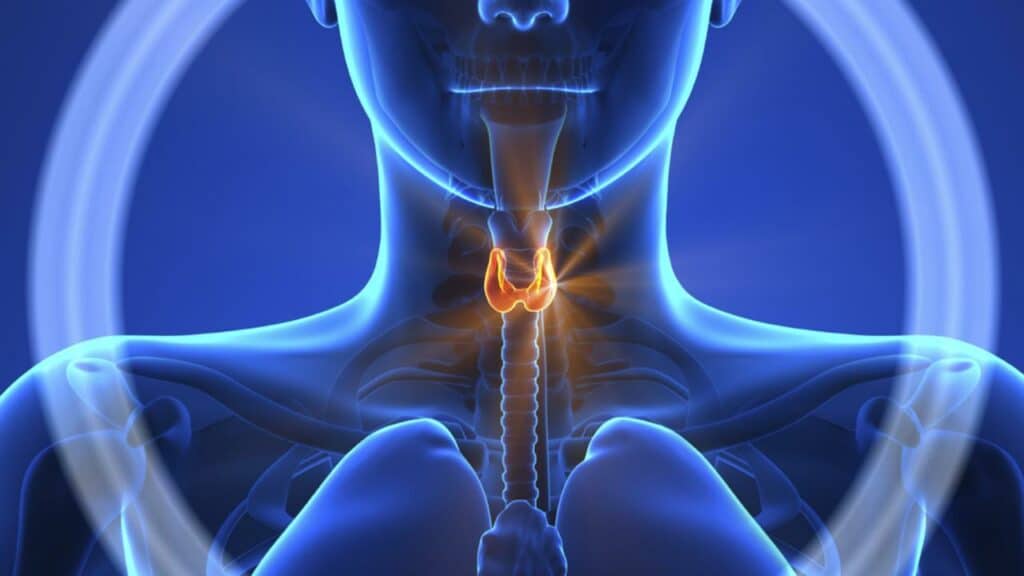According to the American Thyroid Association, an estimated 20 million Americans have some form of thyroid disease and up to 60 percent of those are unaware of their condition. Your thyroid gland, which sits in the middle of your lower neck, is responsible for many metabolic processes in your body. The thyroid gland produces thyroid hormones, both T4 and T3. The brain signals to the thyroid to produce more hormones by secreting Thyroid Stimulating Hormone (TSH). So high TSH indicates that your thyroid gland is under-producing hormones, and low TSH indicates the opposite. It is quite common for your primary care provider to check your TSH levels to ensure you are within a normal range. Unfortunately, the acceptable range for TSH levels has been quite broad. Even within the conventional medical community, there has been a lot of debate about lowering the acceptable upper limit of TSH to make a diagnosis of underactive thyroid, or, hypothyroidism.

Hypothyroidism is a condition where your body is unable to produce enough thyroid hormone. It is quite common worldwide and more women than men are affected. It is also possible for your TSH levels to be within normal range and so that is why it is important to have your T3 and T4 levels checked as well. I see many patients bring in lab work with just TSH levels measured but not T3 and T4. Usual complaints of hypothyroidism include fatigue, excess hair loss, dry skin, brittle nails and constipation. Most thyroid diseases are well managed with appropriate medical attention. If you are experiencing any of the symptoms above, especially fatigue, I encourage you to have a complete thyroid panel run to rule out thyroid disease.
